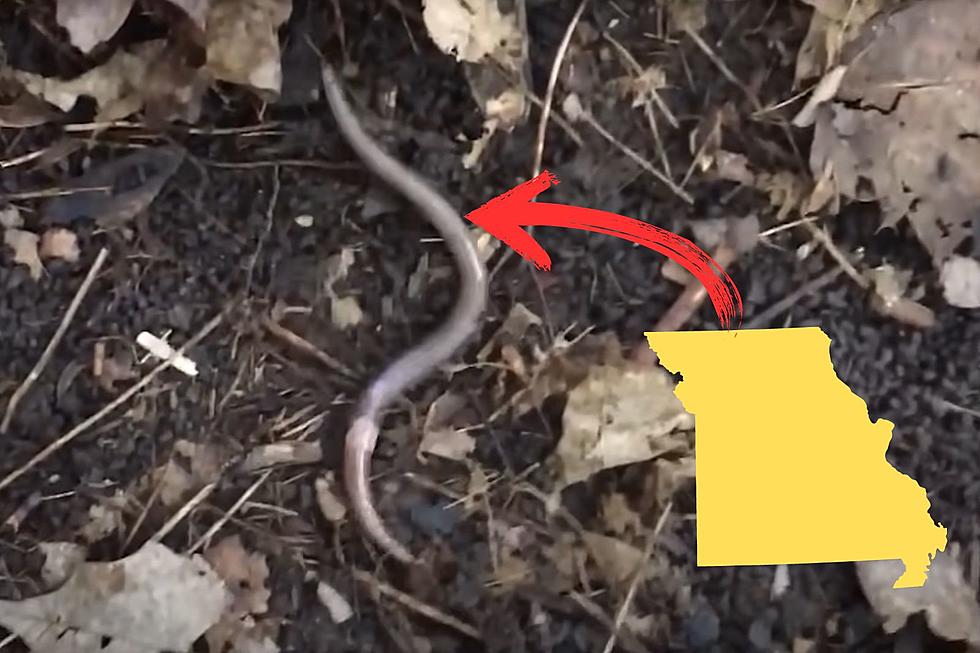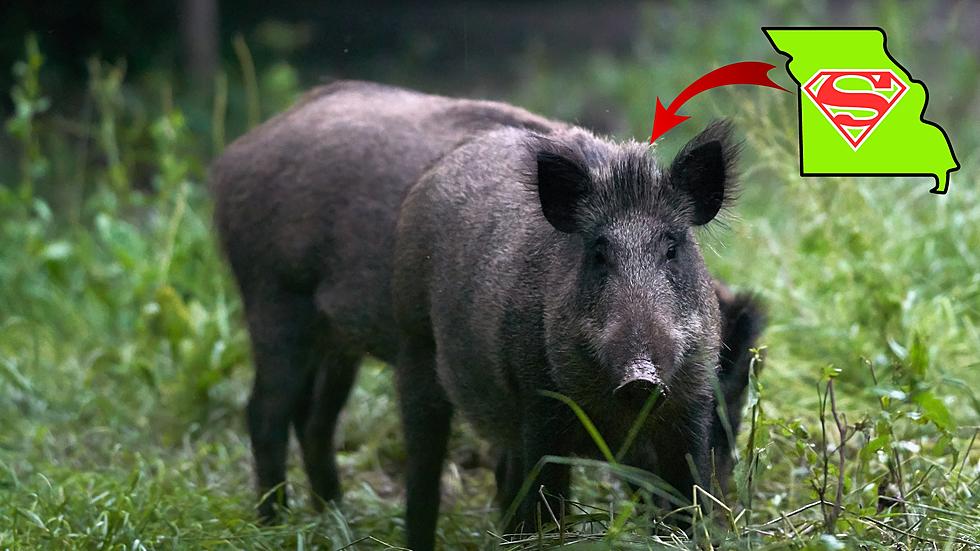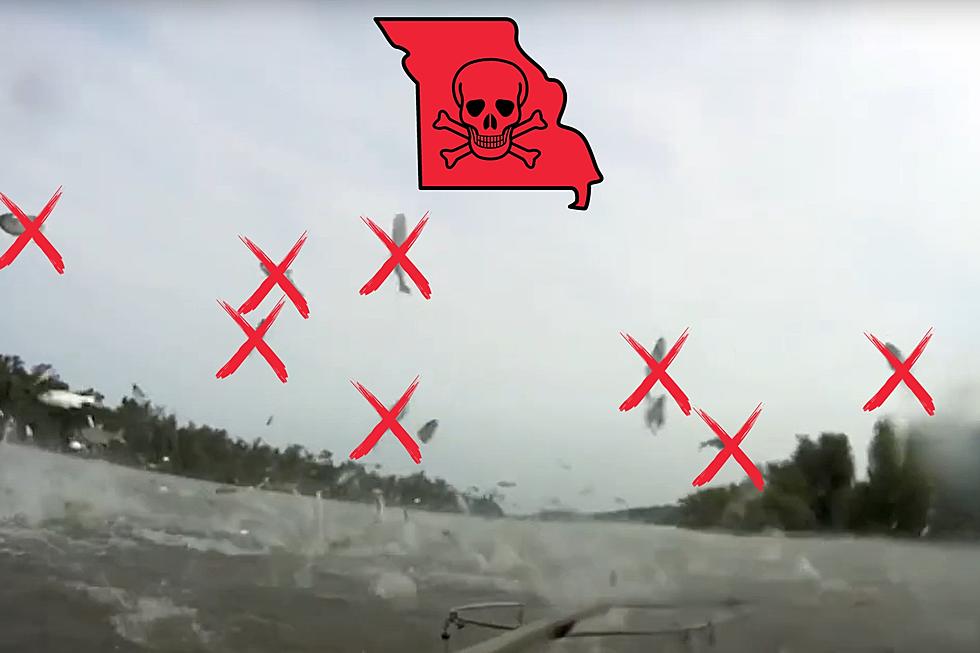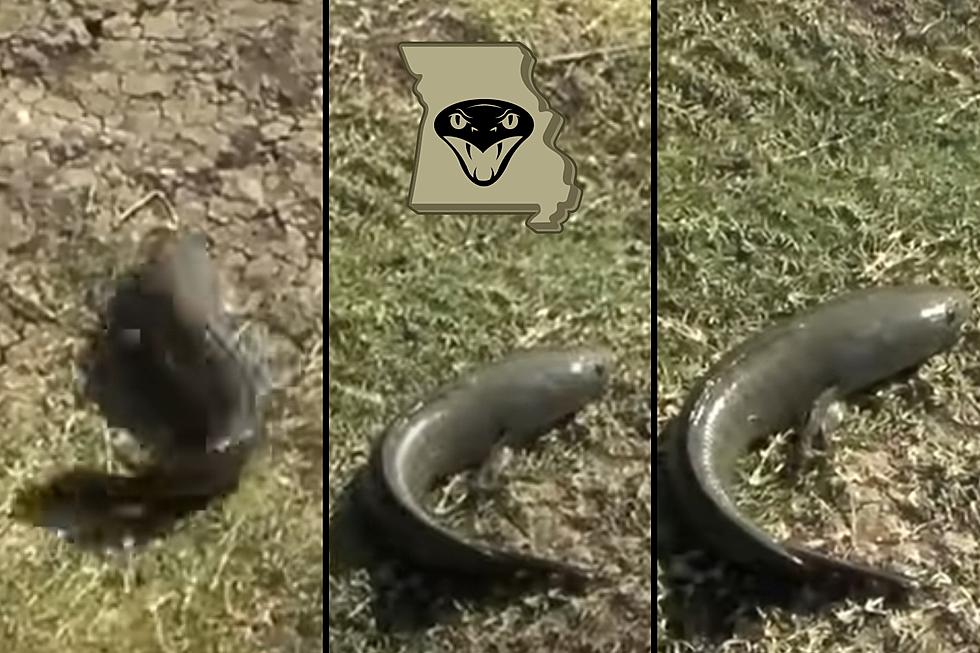
If You See This Evil Worm in Missouri, Kill it Immediately
I am normally a live and let live type of person. However, in this case I'll make an exception. There is an evil invasive worm in Missouri and if you see it, you really should kill it immediately and that's not an overreaction.

The Missouri Department of Conservation has a warning issued about jumping worms which is a simple name for a type of earthworm that is one of the most destructive critters you can imagine.
How can you identify these invasive jumping worms from regular earthworms?
There are two dead giveaways that you're dealing with an invasive jumping worm. The first is the identifiable band near the head and the other is their reaction to being disturbed. They will thrash around violently in a freakish manner. If you see a worm that matches that description and action, put it out of its misery.
So what's the problem with jumping worms anyway?
The Missouri Department of Conservation adds these details to what they do to the ground and ecosystem:
Invasive jumping worms damage forest ecosystems by rapidly eating up the leaf litter that usually protects forest top soils. Without that mulch-like layer, the bare soil dries rapidly and is subject to erosion. Young forest plants have a difficult time getting established...many invertebrates (other worms, millipedes, centipedes, springtails, arachnids, and countless types of insects), plus amphibians, reptiles, small mammals, and ground-nesting birds, lose important habitat. Thus species diversity declines and forest food chains are disrupted.
Normally I'm not a "kill critters" kind of guy, but these worms are bad news. They reproduce faster than other earthworms, too. So, if you don't get it gone quickly, the problem will multiply.
Make sure to stay on top of the latest status updates and bulletins on these jumping worms from the Missouri Department of Conservation website.
7 Invasive Insects in Indiana You Should Kill Immediately If You See Them
More From 100.9 The Eagle, The Tri-States' Classic Rock Station









